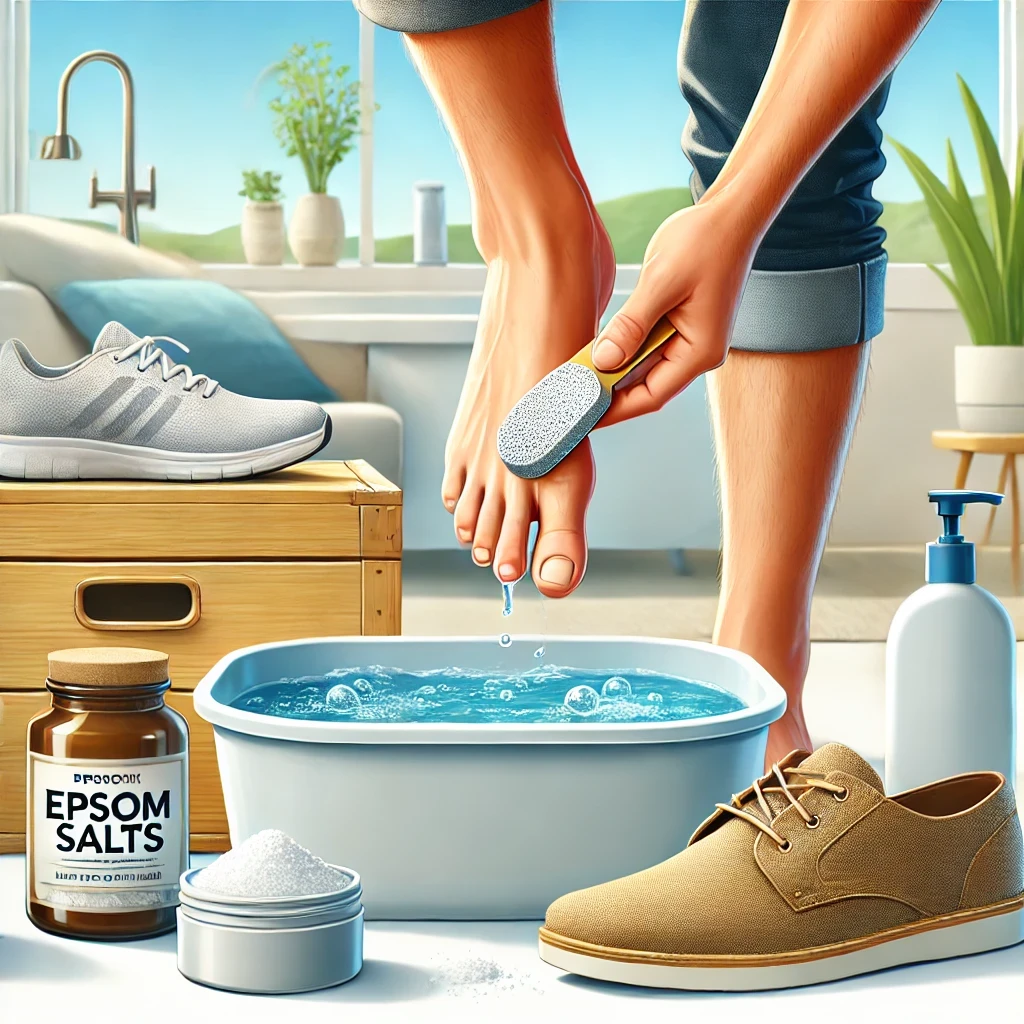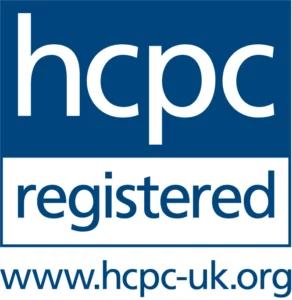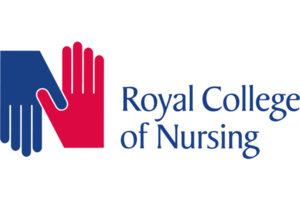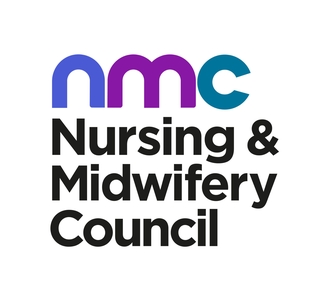Understanding Foot Corns and Why They Develop
Foot corns are common skin thickening issues that develop due to repeated friction or pressure, typically on the toes and soles. While they act as a protective layer, they can become painful and cause discomfort, especially when wearing certain types of shoes. But what exactly causes these pesky skin formations, and how can you address them effectively?
What Causes Foot Corns?
1. Improper Footwear: Shoes that are too tight, loose, or have high heels create friction, contributing to corn formation. High heels, in particular, place excessive pressure on the balls of your feet, leading to painful corns over time.
2. Walking Patterns: Your unique gait or foot structure may place uneven pressure on certain areas of your feet. For instance, people with flat feet or high arches may be more prone to developing corns due to the way their weight is distributed.
3. Prolonged Standing: Occupations that require standing for long hours, such as nursing, retail, or factory work, increase your risk of developing corns. The repetitive pressure and lack of proper footwear support are often culprits.
4. Bone Abnormalities: Conditions like bunions or hammertoes can cause your toes to rub against the inside of your shoes, leading to corns. In some cases, inherited foot shapes can make individuals more susceptible.
Pain-Free At-Home Remedies for Foot Corns
If you’re dealing with painful foot corns, you’re not alone. Many people seek non-invasive methods to treat them at home. Here are some gentle, effective remedies:
1. Foot Soak: Soak your feet in warm water for 10-15 minutes to soften the skin around the corn. Adding Epsom salts can help exfoliate dead skin, while essential oils like lavender can promote relaxation.
2. Gentle Exfoliation: Use a pumice stone after soaking to gently remove the softened dead skin. Always be cautious—vigorous scrubbing can damage healthy skin and lead to infections.
3. Daily Moisturizing: Keep your feet hydrated to prevent the skin from hardening. Moisturizers with urea or salicylic acid are especially effective in softening tough skin and preventing corns from worsening.
4. Use Corn Cushions: Corn pads or cushions can be a lifesaver. They work by reducing pressure and providing a protective barrier between your corn and footwear.
5. Choose Proper Footwear: Ensure your shoes have a wide toe box and sufficient arch support. Orthopedic or custom insoles can provide additional comfort and protection.
Prevention Tips: Keep Foot Corns at Bay
Preventing foot corns can save you from future discomfort. Here’s how to keep your feet healthy:
- Regular Foot Care: Trim your toenails straight across to prevent ingrown nails, which can cause pressure and lead to corn formation.
- Change Shoes Regularly: Avoid wearing the same pair of shoes every day. Alternating footwear allows your feet to breathe and prevents excessive pressure.
- Protect High-Pressure Areas: If you engage in activities that put pressure on your feet, like running or hiking, consider using gel pads or tape to protect your skin.
- Stretch Your Feet: Foot exercises, like toe stretches and foot massages, can alleviate pressure and improve circulation, keeping your feet healthy.
Myths vs. Facts About Foot Corns
There are many misconceptions about foot corns. Let’s separate the myths from the facts:
- Myth: Corns only develop in older adults.
- Fact: People of all ages can get corns, especially if they frequently wear ill-fitting shoes or engage in activities that cause friction.
- Myth: Cutting off a corn is a good DIY solution.
- Fact: Never try to cut off a corn yourself. This can lead to infections and make the problem worse. Always consult a healthcare professional.
- Myth: Foot corns are the same as calluses.
- Fact: While both are thickened skin areas, corns are smaller, more localized, and often develop on the tops and sides of your toes, whereas calluses typically form on the soles.
When to Seek Professional Help for Foot Corns
Sometimes, home remedies aren’t enough. If you experience severe pain, swelling, or signs of infection, it’s crucial to seek professional help. At Heaven Care Clinic, we offer specialized treatments:
- Comprehensive Foot Assessment: Our podiatrists evaluate your feet to identify the root cause of your corns and recommend the most effective treatment.
- Pain-Free Corn Removal: Using advanced tools and techniques, we safely remove corns with minimal discomfort. Our approach ensures a quick recovery and lasting results.
- Personalized Footwear Guidance: We provide tailored advice on the best footwear for your foot shape, helping you prevent future corns.
Conclusion: Take Steps Toward Comfortable, Healthy Feet
Foot corns don’t have to be a source of pain or embarrassment. By taking proactive steps at home and seeking professional treatment when necessary, you can enjoy healthy, pain-free feet. Schedule an appointment with Heaven Care Clinic today and discover how our expert care can make a difference. Your feet deserve the best!








 BY AFDV MARKETING.
BY AFDV MARKETING.